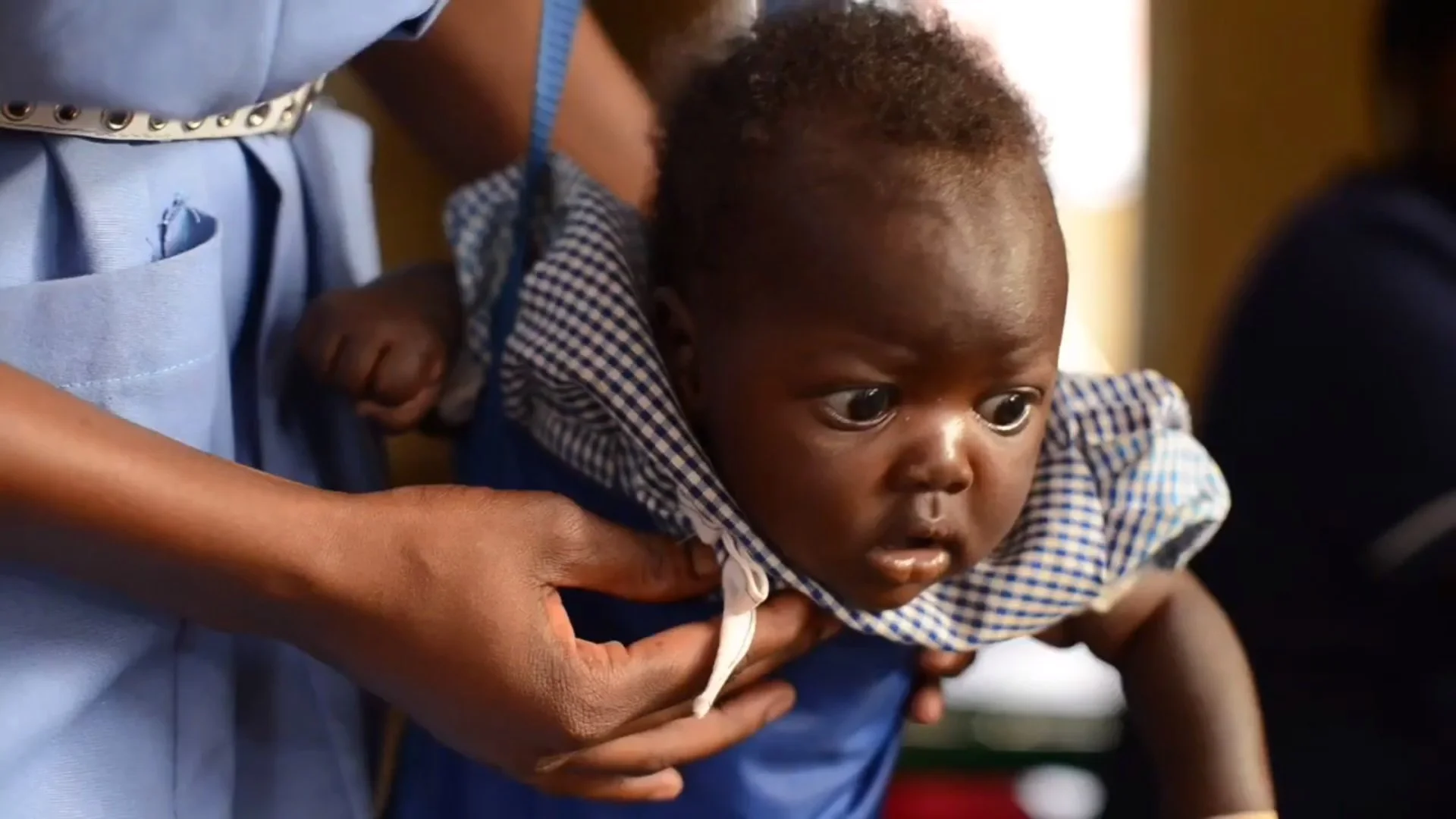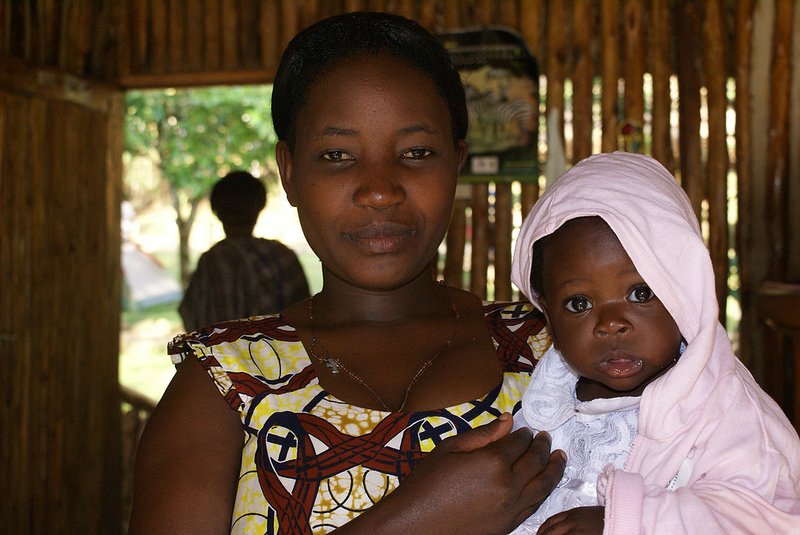
An Introduction
We work to reduce maternal and child mortality and the burden of disease in communities by integrating ultrasound into healthcare.
What We Do
At Imaging the World we provide access to critical diagnostic imaging in underserved rural communities and work to deliver affordable, accessible, and reliable diagnostics as an essential component of comprehensive primary health care (PHC).
We believe that high quality, and readily available diagnostics are the cornerstone for effective and successful health care.
We identified maternal disorders as our first target for our diagnostic imaging programs, particularly focused on extremely underserved rural communities. We optimize service delivery through telemedicine-enabled clinical decision support.
Our Achievements to date
8.8 people/patients
reached today
ITW Goal:
Reach 15 million by 2030
3 sub-Saharan Africa countries reached
30 Health Facilities
supported
with ultrasound equipment
and/or training
Over 420 graduates
and implementation of ultrasound projects in both public and private facilities
Over 200 trained at the ITW Consortium for Health
across a variety of skills including point of care ultrasound, data management and Basic Obstetric & Gynecological ultrasound
25% of scans uncover complications
Change in birth plan gets patient to next best steps in care
In Continuous Operation for 15 Years!
Imaging the World has been operational, improving and saving the lives of women & children since 2008
Less than $2 saves a Mother & Child
Funding and donations go far when one dollar equals one life saved!
Infrastructure, Equipment,
Training & Support
We have deployed a unique solution to equip rural health care facilities with ultrasound essential packages that include portable modern ultrasound technology, infrastructure, and IT to support scanning.
We have developed competency-based training, and continuous supervision of front-line mid-level providers (MLP) including midwives, nurses and clinical officers as well as physicians at the point-of-care. Our quality management system employs telemedicine (teleradiology) consultation and peer review. We also support our rural clinics to help them develop a sustainable business model tailored to each geography or setting.
We continue to expand ultrasound services to other health conditions, including the heart, lung, abdomen, pediatrics, trauma, and cancers.
In 2021, we trained over 50 intensivists at the national hospital in Kampala and first responders in the community to perform lung ultrasound during the COVID-19 epidemic, a critical element of diagnosis and triage as well as monitoring.
Comprehensive Telemedicine Service Model
Preliminary scan - Screen & Refer
At a health center/point-of-care, a trained, qualified nurse or midwife performs a basic scan, giving the preliminary results to the patient. We screen to detect problems early & refer for appropriate, in time treatment.
Focused Ultrasound Video Capture
The same provider uses the ultrasound machine to collect short videos (our obstetric sweeps protocol) over the anatomical area of concern, such as the pregnant abdomen.
Localized Training Model
We have developed our own ‘train the trainer’ model so that most of the experts are local and located in sub-Saharan Africa.
Telemedicine for Point-of-Care Efficiency
Telemedicine software assists in training, remote proctoring, and remote consultation. This leverages the competence, confidence and productivity of the midwife at the point-of-care.
Enhancing System Interoperability
This backstop in decision-making reduces variability, improves standardized processes, and lends itself to the system interoperability necessary for scale-up.
Scalable ‘Hub & Spoke’ model
Ultrasound services are provided to existing facilities and systems of care. The ITW model can be dramatically scaled to not only align with PHC, but to make Universal Health Coverage affordable and accessible
Expanding Reach and Capabilities
We have so far reached 8.8 million individuals to date. We use the same trained staff, ultrasound equipment, and remote consultation to evaluate other (non-obstetric) conditions and diseases.
Strategic Collaborative Networks
We have established relationships with government Ministries, Offices of Prime Ministers, local academic institutions and health providers, cancer institutes and local community health workers.
Holistic Health Partnerships
Good health is dependent on so many connected factors. We partner with other organizations, including those focused on clean water, nutrition, solar energy, primary school education, vocational programs, and gender equity.
“The sustainable and scalable ITW model will allow our partner communities to leap-frog high-income countries – more reliable and safe clinical care, improved patient and provider experience, and better outcomes at lower cost.”














